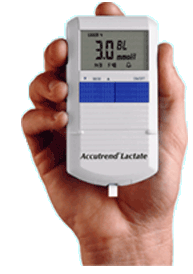socalmedic
Mediocre at best
- 789
- 8
- 18
I will try to locate the study I read last year, but it stated that lactate can be affected by as much as 1 mmol/l after the first liter of NaCl. making POC testing prior to admin useful for trending.
as for accuracy and usability of the POC direct your attention to this study,
http://www.ncbi.nlm.nih.gov/pubmed/11167165
comparing the speed, cost, and accuracy of POC verses central laboratory.
as for accuracy and usability of the POC direct your attention to this study,
http://www.ncbi.nlm.nih.gov/pubmed/11167165
comparing the speed, cost, and accuracy of POC verses central laboratory.


